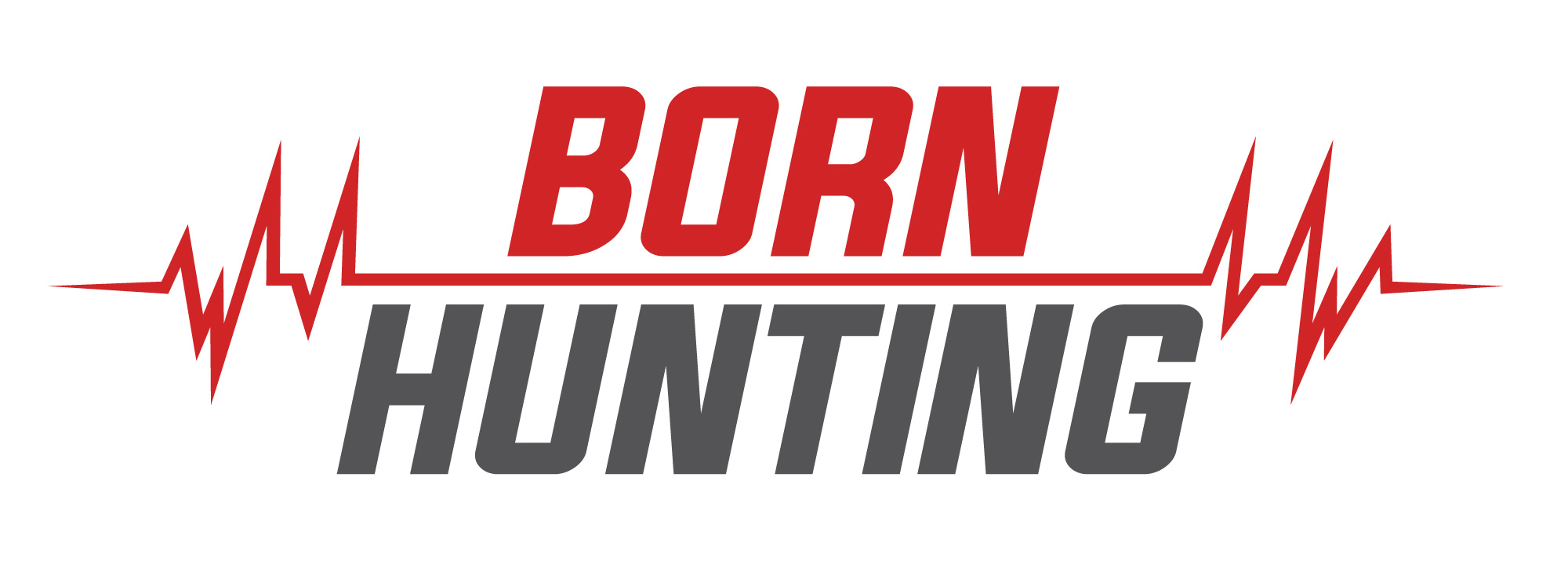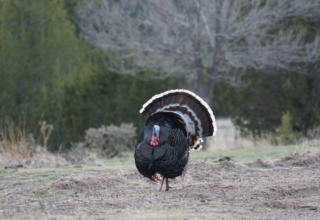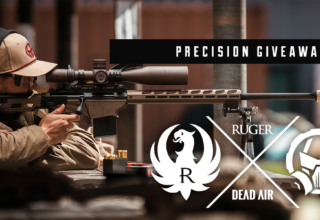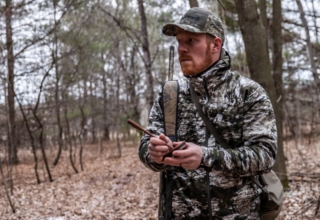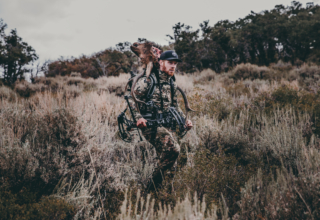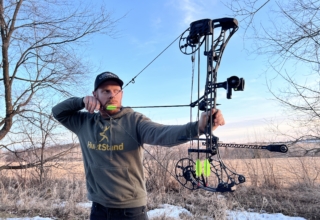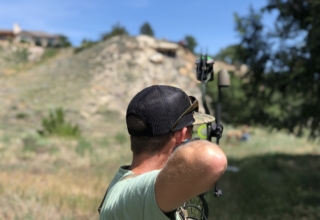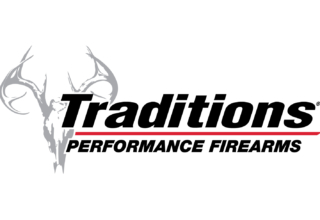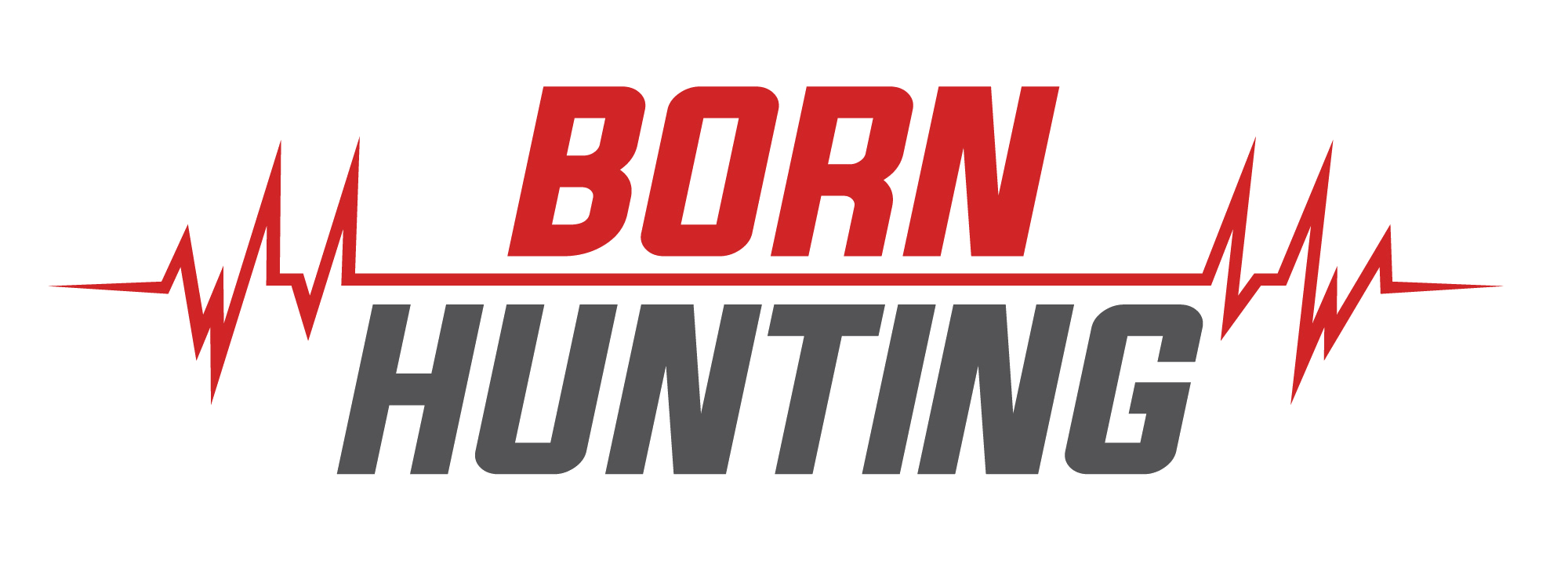Are you looking to extend your effective archery range or tighten up your long-range groups? Add these tips to your program.
by Darron McDougal
I’d been perched above the mature muley buck and his harem for only 15 minutes when he stood to stretch and scan for satellite opponents. My heart jumped into my throat. I already knew the buck’s distance was 50 yards, so I drew, anchored, aimed, and launched my arrow.
That was 16 years ago.
For me, everything except for that airborne carbon arrow froze in time. I tracked its trajectory, and it seemed to sail impossibly high. Fortunately, it dropped right behind the buck’s shoulder as planned, and time resumed when he bolted away. Within several seconds, his front legs gave out from the heart shot.
My favorite bowhunting shots are 15-yarders. However, I practice and prepare relentlessly for considerably longer shots because point-blank shots aren’t always what we’re presented with, as my mule deer hunt depicts. Not everyone can or should attempt a 50-yard shot, and other bowhunters can take and make shots much farther. The point isn’t yardage. The point is that everyone has a maximum ethical and effective range, whether it’s 30 yards or 90 yards.
Before you face a shot opportunity that you consider “long-range,” run through these drills. They will help you take your shooting confidence to the next level.
Add Pressure To Produce
Some people seem to have ice in their veins, but most do not. If you feel adrenaline when an animal you want to harvest steps out, that’s perfectly normal and one of a bowhunting encounter’s defining moments. If you don’t practice under pressure and the shot distance is near your limit, the shot will feel substantially more challenging to make in the woods than in the backyard.
Shooting your backyard target at 20-40 yards on flat ground is good practice, especially for muscle memory via repetition. However, are there any consequences if you miss or make a poor shot? Probably not. So, pile on the pressure.
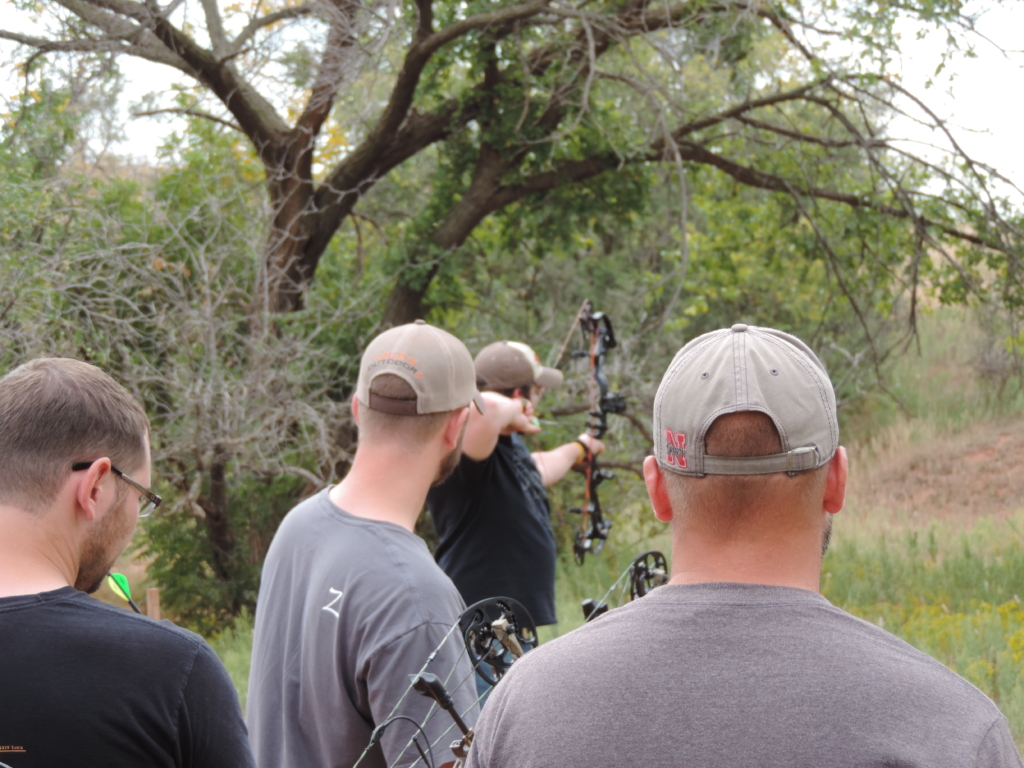
Bowhunting legend Randy Ulmer told me in 2017, “Most bowhunters have a meltdown when they’re about to shoot at an animal. I hate to admit it, but it happens to me, too. Some folks suggest ignoring these emotions, but I find you can’t lie to yourself. Shooting competitive 3-D archery, even if it’s just betting your buddy a buck a shot, can simulate the nervousness you feel when shooting at an animal.”
The point is that if you can perform and make great shots under pressure with peers or friends watching over your shoulder, you can also beat the pressure and make great shots on animals.
Shoot At Smaller Targets
I have two Rinehart 3-D elk targets. I have the Standing Elk, which features a life-size profile, and the 1/3 Scale Signature Elk, which is approximately one-third the size of a real bull elk. At 70 yards, putting arrows dead in the kill zone of the larger target is easy. I’m pretty good at putting them in there on the small target, too, but it’s much more challenging.

The 1/3 Scale Signature Elk is designed so that shooting it from 20 yards is comparable to shooting the full-size target at 60 yards. Shooting at a smaller target requires more focus and precision, which can help you tighten up your long-range accuracy.
Make Every Arrow Count
For many years, I got caught in the repetition trap. I had to shoot a set amount of arrows to be “good enough.” Sometimes, I’d even exceed that number if my final group wasn’t satisfactory. Even though my muscles were weakening and my mental game crumbling, I’d keep shooting until I shot what I felt was a group that matched my capabilities. That eventually led to some bad habits that were difficult to break.
I’ve wisened up with age. Archery is fickle, even for professional competitive archers. Some days, things don’t fall into place, and we must be OK with that. Most of us already know what we’re capable of. If we constantly try to prove it to ourselves anyway, we’ll eventually crush our mental game when things aren’t landing into place the way we think they should.
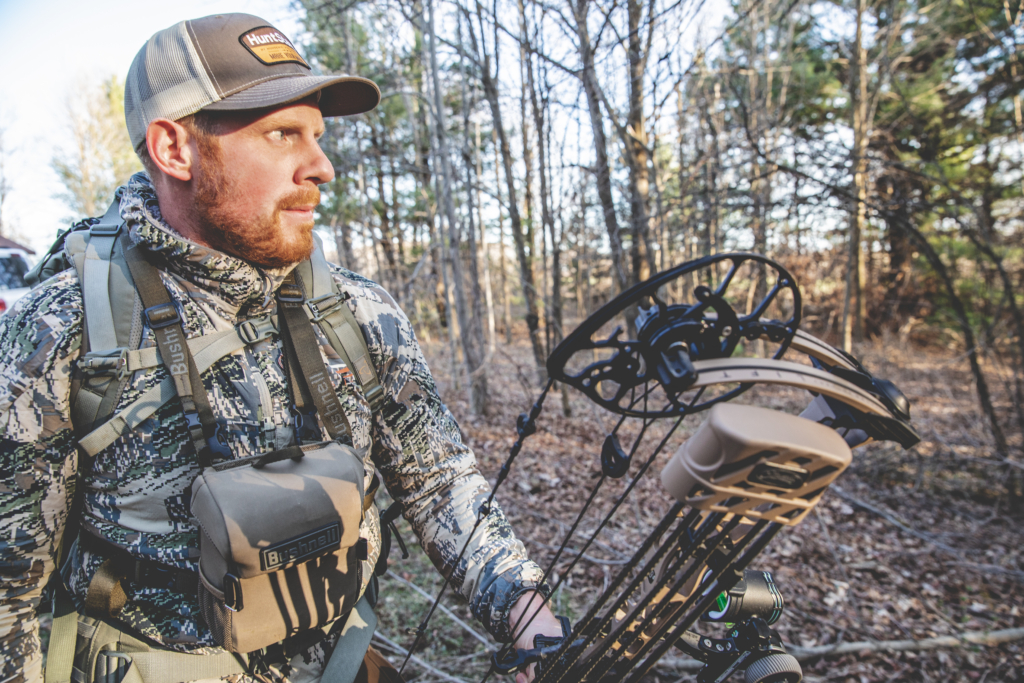
I shoot fewer arrows these days and try to make each one count. It isn’t about putting a check in the I-shot-60-arrows-today box. It’s about executing every shot to the best of our abilities with the right mental outlook, form, shot execution, and follow-through. Fewer arrows shot under those criteria beat trying to meet a quota.
Paper-Tune Your Bow
Today’s equipment is stupid-accurate, even if something isn’t quite right. Thread mechanical broadheads into your arrows, and you’re set to hunt. However, putting arrows in the lungs of a deer target at 60-70 yards isn’t that impressive. The lungs are big, and many have the skill to hit them. If your arrows are in the lungs but not grouped, it could be a form or shot execution problem, but if those are accounted for, perhaps it’s time for a tuning check-up.
Shoot some arrows through a paper tuner. Perhaps your nock is tearing left, right, above, or below your point, it means your arrow isn’t leaving the bow true, therefore robbing accuracy and consistency. If you don’t know how to tune and achieve true arrow flight, take your bow to a pro shop for examination.
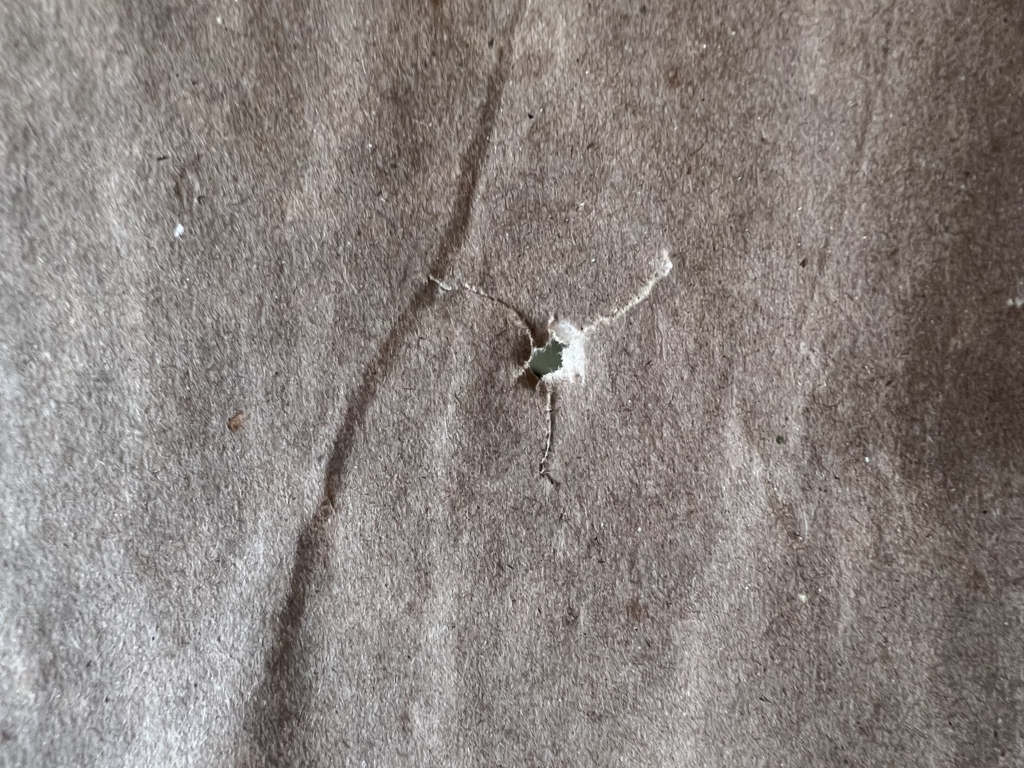
If you want to know how to do your own tuning, countless YouTube videos by reputable experts explain it. Also, bow manufacturers have made cam alignment — one of the leading contributors to poor arrow flight — simple to adjust at home. For example, my Mathews LIFT X 29.5 features Limb Shift Technology, which can correct cam alignment without a bow press. With a simple knowledge of paper-tuning, most archers can easily learn and use the feature.
Harness New Accessory Mounts
There was a time when adding a technical bow sight, rest, and quiver made bows balance awkwardly. That’s why many bowhunters, especially treestand hunters, have long removed their quivers while hunting. Most bow manufacturers have solved that dilemma with new accessory mounts.
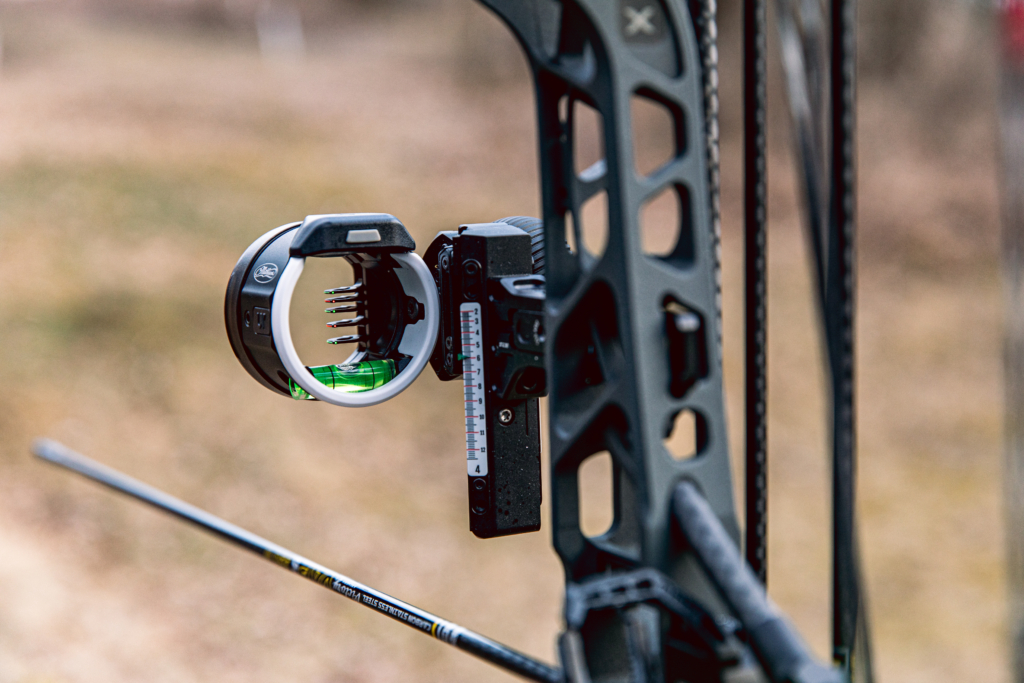
I don’t care how much you love your old sight, rest, or quiver; if you’re shooting a current bow or plan to buy one, utilize its new-fangled mounting systems to achieve an accessorized bow that balances like a champion. Mathews, for example, has the Bridge-Lock Sight Mount, which accepts compatible dovetail-bar sights without using a sight-mounting bracket, such as the Mathews Bridge-Lock UV Slider. Recent Mathews models feature the Integrate Rest Mount, which also clamps to the bow without a mounting bracket. This sight and rest combination allows the Mathews LowPro Quiver to mount tightly to the bow. The combination yields an unbelievably balanced accessorized setup. It’s so good that I never practice without my quiver.
Create A Rhythm
Just like a lullaby calms a crying baby, creating and mentally reciting a rhythm for every shot can help you focus on your shot execution rather than the shot distance. It causes you to slow down and focus on the steps required to make a dead-center hit, whether the shot distance is 20 yards or 80 yards. Every archer’s rhythm should be personalized, but don’t forget important aspects such as muscle engagement, leveling the sight, and pushing and pulling.
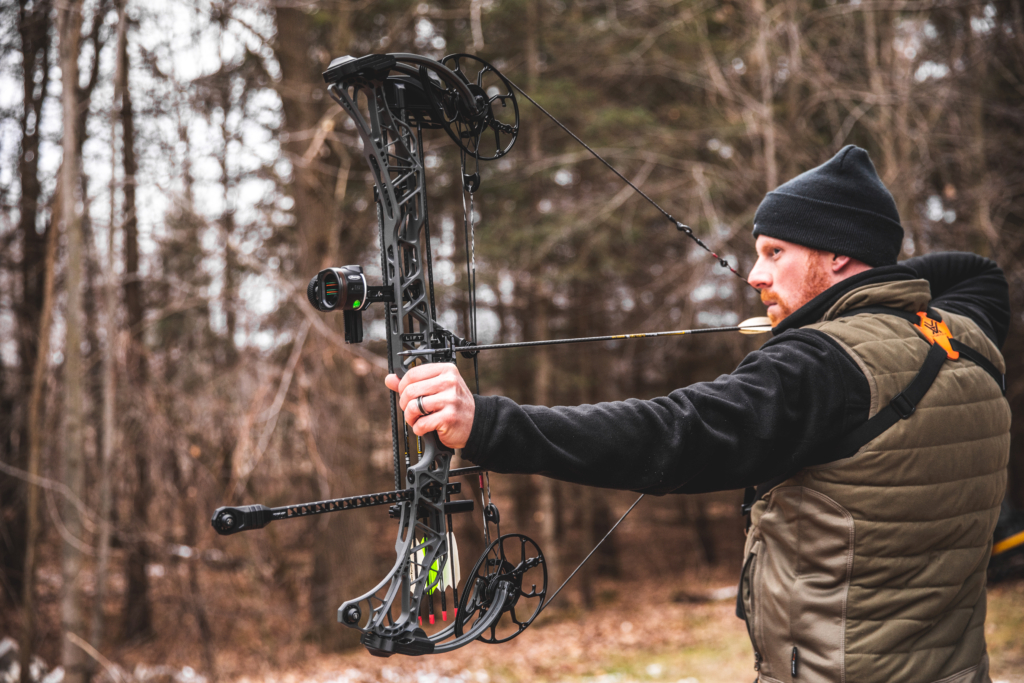
Trust Your Pin Float
No stabilizer in the world can defy a crosswind or adrenaline jitters. Your pin will move. Ulmer, who’s arrowed countless huge mule deer and elk, even experiences pin movements. The movements can incite anxiety.
“What helps me most is admitting, yes, I’m scared to death, and, yes, my bow will shake,” he said. “So, I resolve to make the very best shot possible under the given circumstances. I find that with perfect form, even if my pin is moving, my arrow will usually hit in the center of that movement.”

In other words, your pin will float, and you must trust it. Of course, if you sense that you’re too shaky and the pin is on and off the kill zone, it’s best to let down and avoid shooting. But, if the pin doesn’t leave the kill zone, continue through your shot rhythm and trust that you’re doing everything right. Most often, the outcome will reflect your efforts.
Conclusion
There are many ways to improve and tighten up your shooting game. Much of the talk about shooting improvement centers around equipment choices. Equipment is important, but most long-range accuracy, or lack thereof, is between the ears.
To that end, I feel the seven tips we’ve discussed here have the potential to take your long-range accuracy to the next level. With several months to go until hunting season, give them a shot and see if you can tighten up your shooting accuracy at the distances you consider to be long-range.
